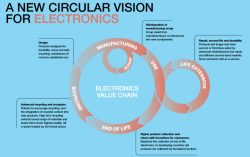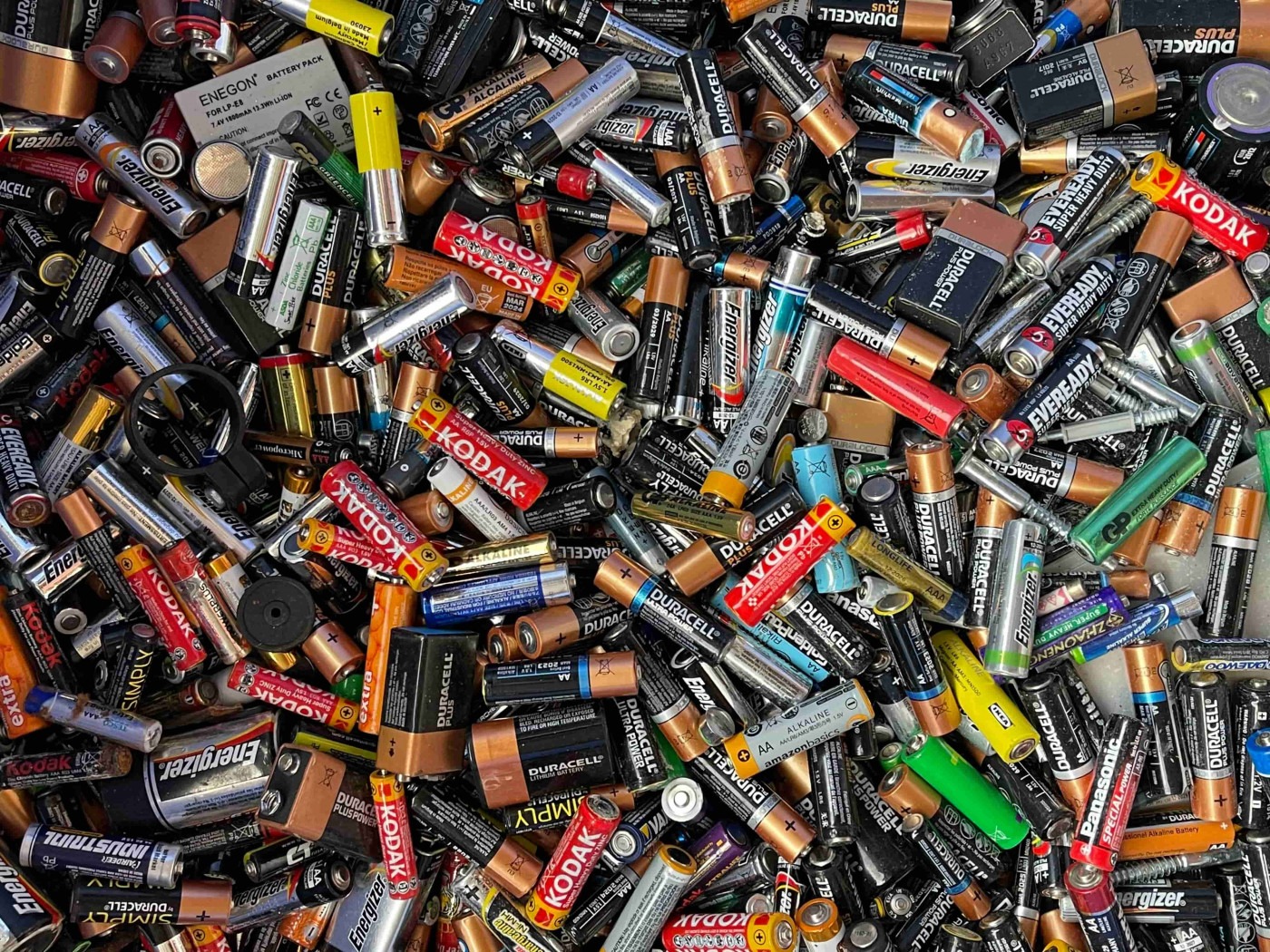From lithium to landfills: the environmental impact of e-waste
In the United Kingdom, over 100,000 tonnes of e-waste (defined by the UN as any piece of waste with a battery or a plug) are annually sent to landfills. This is roughly the same as if we landfilled 48,780 average-sized cars yearly.
In 2019, it was found that the UK produced the second-highest amount of electrical and electronic waste per person, at 23.9 Kg, and a total sum of 1,593 kilotonnes. Furthermore, according to the Global E-waste Monitor 2020, only 17% of the world’s total e-waste was recycled properly in that same year. This value didn’t change much by 2021, with the UN predicting that 17.4% of e-waste would have been collected, treated, and recycled.
The effective and efficient recycling of e-waste is an area of concern
This is an issue. When electronic waste reaches landfills, toxic materials like lead and mercury can leach into the ground and contaminate land, soil, and water. In addition, each item of e-waste contains valuable non-renewable metals and components. As such, the effective and efficient recycling of e-waste is an area of concern.
Current treatment measures are slow, inefficient, and dangerous. Methods like open-air burning and acid baths (used to retrieve valuable material) produce harmful contaminants like arsenic and BFRs (brominated flame retardants) that can cause long-term health issues like cancer.
Furthermore, the Natural History Museum reports that some nations are exporting the dangerous work of sorting and recycling e-waste to other countries with fewer labour laws. Professor Richard Herrington, Head of earth sciences at the museum, said: “Whole computers are sent to China, Africa or India, where entire villages including children just sort components.”
Mining these materials from secondary sources could see a reduction in the worldwide carbon footprint
A report by the World Economic Forum, published in 2019, calls for e-waste to be seen from the circular economy perspective, wherein electronic appliances are designed to “regenerate” – to be broken down efficiently at the end of the product’s life, and for the pieces of the product to be used to make more. It also points out more benefits: materials mined from secondary sources, like pre-existing appliances, can be two to ten times more efficient than materials mined from the natural environment. In addition, the mining itself is more environmentally friendly, with gold mining producing 80% less emissions per unit of gold when taken from waste appliances instead of the ground.
This circular approach would benefit the larger climate crisis too. With around 7% of the world’s energy consumption being dedicated to the mining of raw materials in 2015, mining these materials from secondary sources could see a reduction in the worldwide carbon footprint.
The report summarises the approach as pictured:

Source: World Economic Forum report “A New Circular Vision for Electronics: Time for a Global Reboot”
With all of that said, a lot of these climate details can seem daunting, impersonal, and therefore not your responsibility. However, there are some things you can personally do to help mitigate e-waste.
1: Avoid upgrading your device for as long as possible.
If your phone still works for everything you need it to, avoid replacing it! This reduces the amount of embodied carbon that gets wasted every time you discard and replace your devices.
2: Look for re-use opportunities.
If you can’t avoid upgrading it, try and give your old device to someone else – Recycle Your Electricals has a list of charities that accept old electronics.
3: See if you can return your device to the manufacturer.
4: Find locations that will reliably recycle electronics.
Websites like Recycle Your Electricals and RecycleNow offer a service that lets you find places to recycle your electronics.
5: Buy refurbished electronics.
These will be electronics that were returned after their sale and refurbished. Not only would buying these net you a discount, but it would also help to reduce electronic wastage. Look out for websites such as Backmarket.

Comments